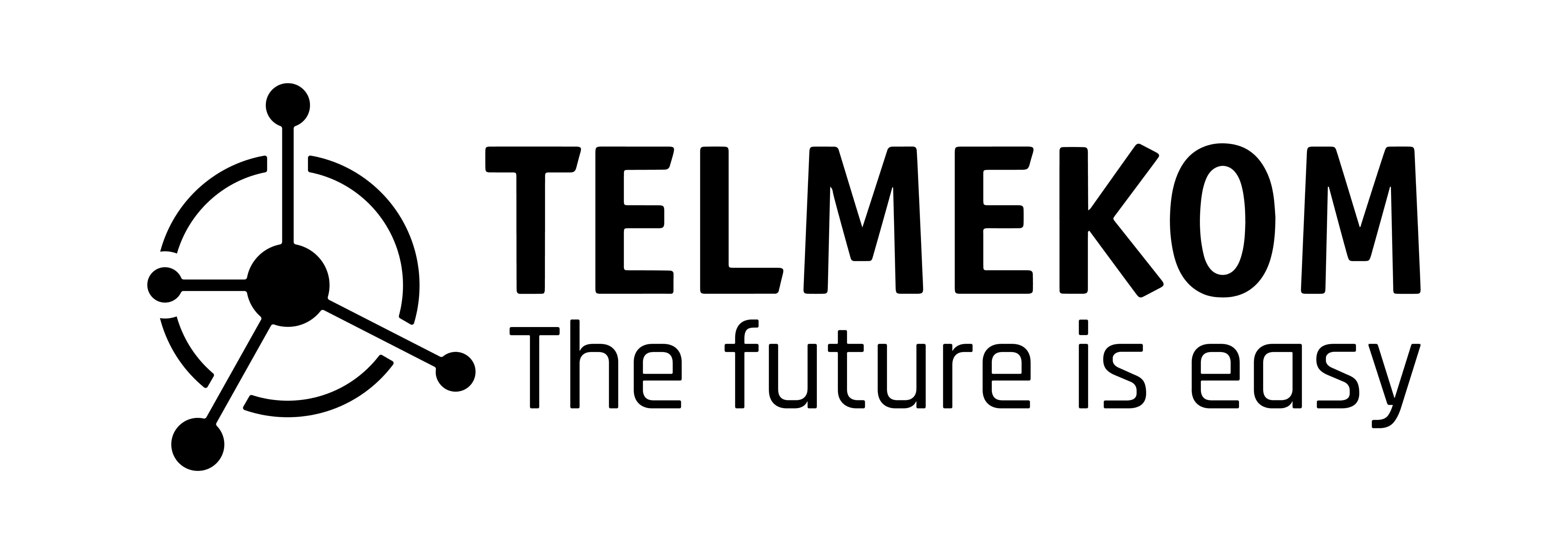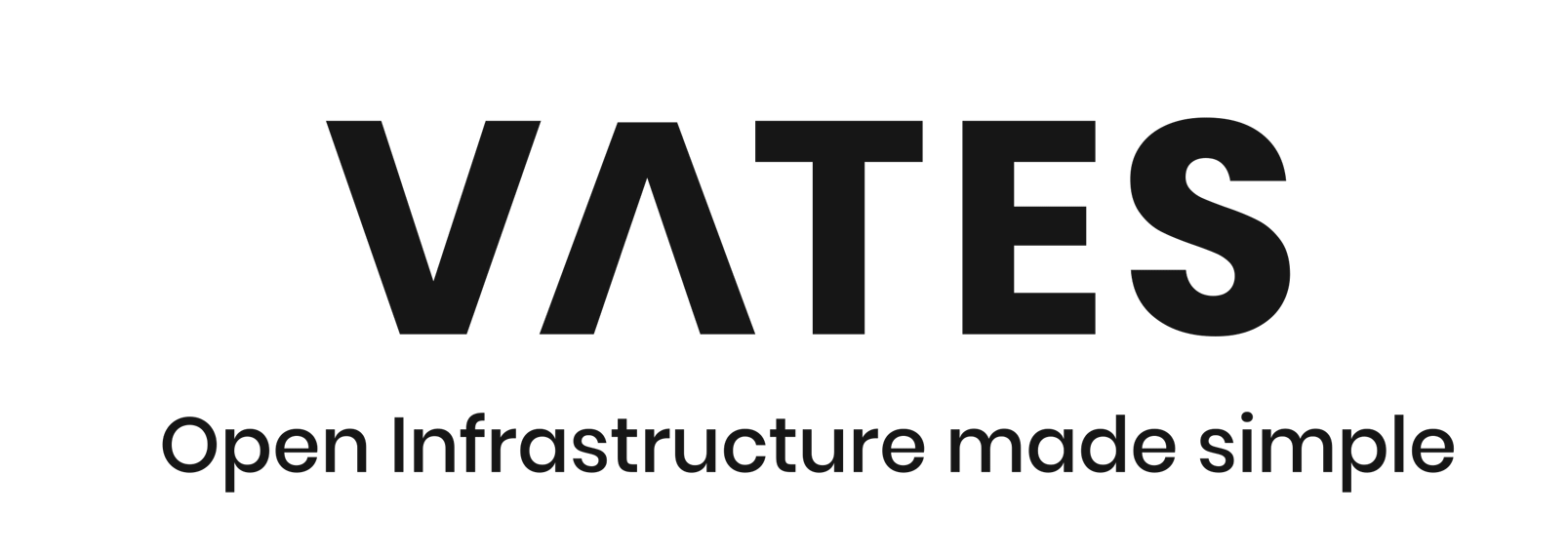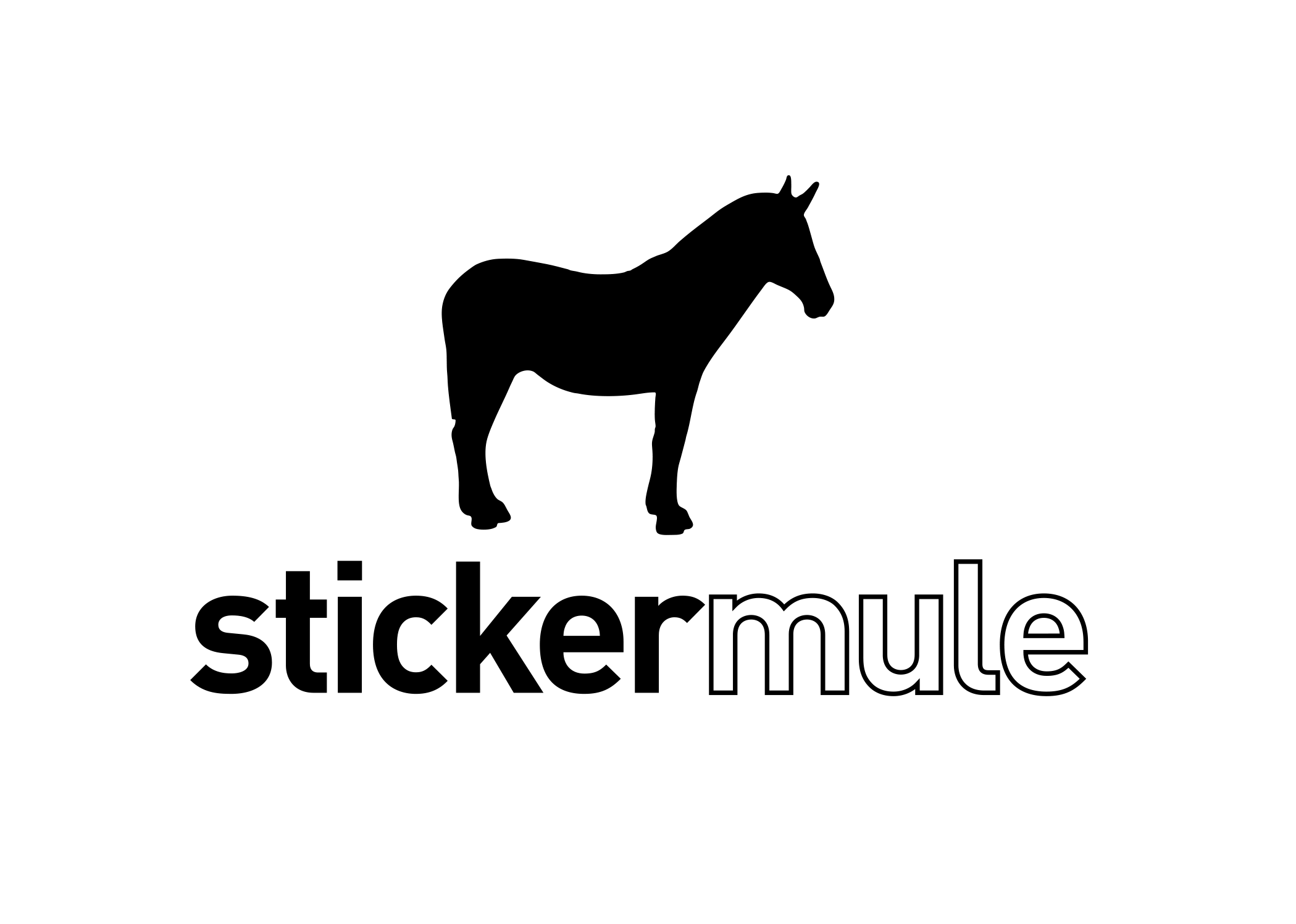The COVID-19 pandemic shows how dependent people are on the Internet for their work and personal life The whole internet traffic, encryption, business and work interaction are transferred through personal routers. Since 2013, the FSFE has been advocating for Router Freedom in Europe with outstanding results in Germany and effects beyond its borders.
Now, a new set of rules will challenge Router Freedom’s national implementation on EU Member States on the context of Net Neutrality. Router Freedom is regulated by three sets of rules. The first one comes from the Net Neutrality Regulation (Regulation (EU) 2015/2120), which establishes that people are free to choose their own digital equipment. The second set are the new Guidelines on the Location of the Network Termination Point (NTP), drafted by the Body of European Regulators for Electronic Communications (BEREC). National legislation and administrative acts in each EU member state will compose the third set. These are to be implemented locally by states’ National Regulatory Agencies (NRAs) in accordance with the aforementioned Net Neutrality Regulation and Guidelines on the NTP.
The challenges for Router Freedom can be divided into three groups:
1. The vague terms used by the Guidelines on the NTP. Allowing NRAs to decide the location of NTP based on “technological necessity” opens a dangerous precedent for discretionary and abusive interpretation of the Guidelines.
2. The lack of commitment by NRAs to protect Router Freedom. NRAs have been extremely conservative in applying penalties against Net Neutrality violations. Even worse, some countries, like Ireland and Portugal, have completely failed to establish sanctions against non-compliant ISPs.
3. The abusive behaviour of ISPs. ISPs are very creative in forcing their routers on customers, creating barriers that can completely block Router Freedom.
The talk will summarise what has been achieved and what is to be expected for Router Freedom.





























